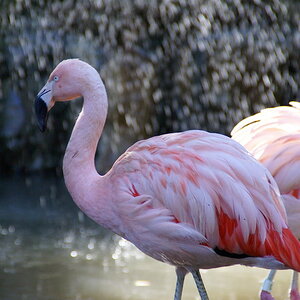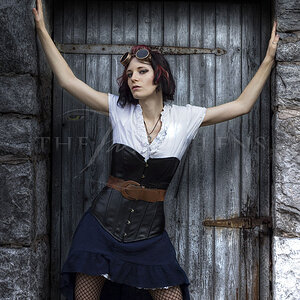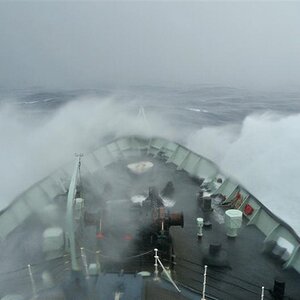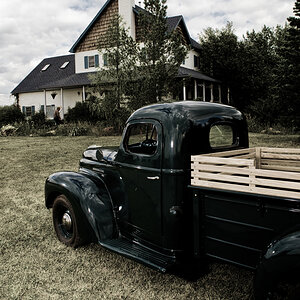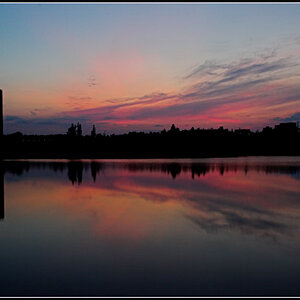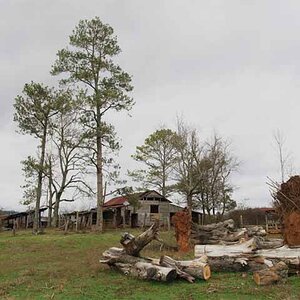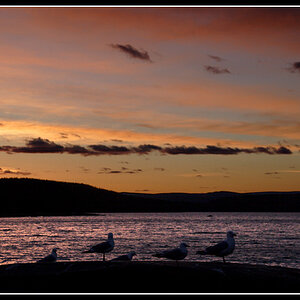- Joined
- May 1, 2008
- Messages
- 25,422
- Reaction score
- 5,003
- Location
- UK - England
- Website
- www.deviantart.com
- Can others edit my Photos
- Photos OK to edit
Photoshop is mostly the top though there are other options. In general full editing software suits are not that common, but there's a range of niche software options for things like sharpening; noise reduction; HDR; etc... that are often used as bolt-on-extras (many even interface with photoshop).
That said there are options like GIMP and Mac's have their own software brand option; but yes Photoshop does rather rule the roost
That said there are options like GIMP and Mac's have their own software brand option; but yes Photoshop does rather rule the roost


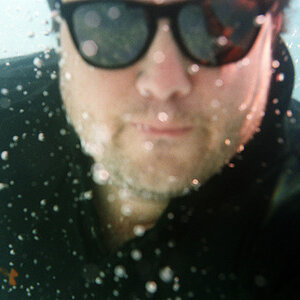
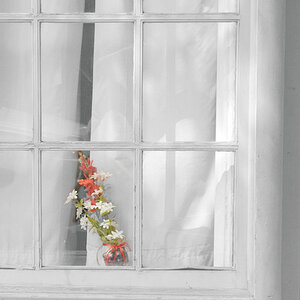
![[No title]](/data/xfmg/thumbnail/39/39180-3dcdd0aa38e4d015a48a17b0e45542fb.jpg?1619738902)
